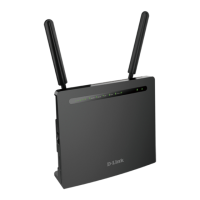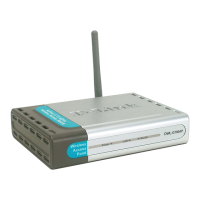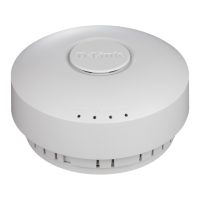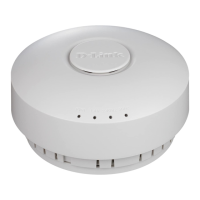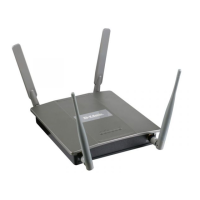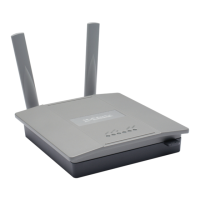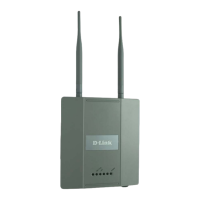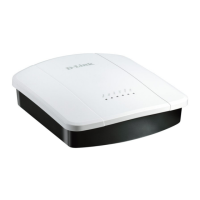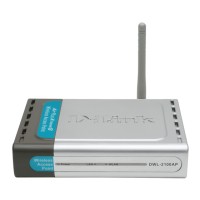SNMP Commands 309
7 Management Commands
as the snmpv3 encryption password, so it must be a minimum of eight characters. If you select
none, you do not need to provide a key.
The
<username> value is the login user name associated with the specified encryption. You
must enter the
<username> in the same case you used when you added the user. To see the case
of the
<username>, enter the show users command.
Default no encryption
Format
users snmpv3 encryption <username> {none | des[key]}
Mode Global Config
no users snmpv3 encryption
This command sets the encryption protocol to none. The <username> is the login user name
for which the specified encryption protocol will be used.
Format
no users snmpv3 encryption <username>
Mode Global Config
show users
This command displays the configured user names and their settings. This command is only
available for users with Read/Write privileges.
The SNMPv3 fields will only be displayed if SNMP is
available on the system.
Format show users
Mode Privileged EXEC
User Name The name the user enters to login using the serial port, Telnet or Web.
Access Mode Shows whether the user is able to change parameters on the switch (Read/
Write) or is only able to view them (Read Only). As a factory default, the
“admin” user has Read/Write access and the “guest” has Read Only access.
There can only be one Read/Write user and up to five Read Only users.
SNMPv3 Access Mode The SNMPv3 Access Mode. If the value is set to
ReadWrite, the
SNMPv3 user is able to set and retrieve parameters on the system. If the value
is set to
ReadOnly, the SNMPv3 user is only able to retrieve parameter infor-
mation. The SNMPv3 access mode may be different than the CLI and Web
access mode.
SNMPv3 Authentication The authentication protocol to be used for the specified login user.
SNMPv3 Encryption The encryption protocol to be used for the specified login user.
SNMP Commands
This section describes the commands you use to configure Simple Network Management
Protocol (SNMP) on the switch. You can configure the switch to act as an SNMP agent so that
it can communicate with SNMP managers on your network.

